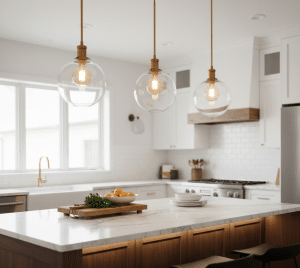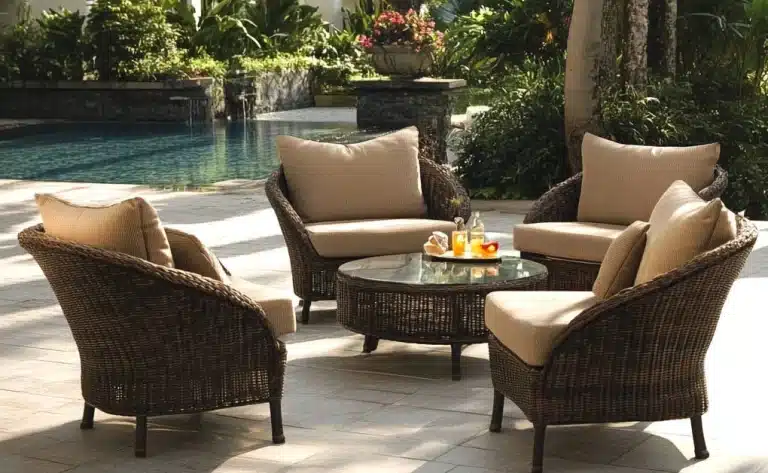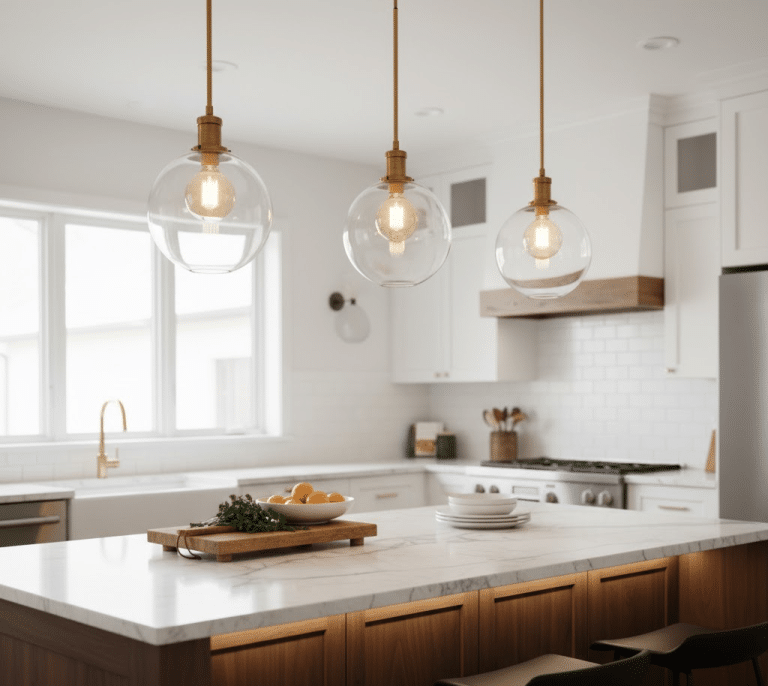Creating a home that feels like a sanctuary goes beyond beautiful décor—it’s about designing comfort that flows from one space to another. Whether you’re relaxing in your garden or curling up in your bedroom, every corner of your home should reflect warmth, relaxation, and harmony.
To achieve this balance, you need to pay attention to textures, natural elements, lighting, and even how your furniture and sleeping setup complement your lifestyle. For example, using tools like a mattress size comparison can help you choose the perfect bed for your space, ensuring that comfort doesn’t just look good—it feels right.
In this guide, we’ll explore how to cultivate comfort throughout your home—from the serenity of your garden to the coziness of your bedroom—and discover how simple design choices can transform your everyday living experience.
1. Start with the Garden: Designing Natural Comfort
Your garden is the first chapter of your home’s comfort story. It’s where nature and design meet, creating a peaceful retreat for your senses.
- Choose Natural Materials: Incorporate elements like wood, stone, and rattan in your garden furniture to blend seamlessly with nature. These materials weather beautifully and add authenticity to your outdoor space.
- Add Layers of Texture: Combine soft outdoor cushions, woven throws, and patterned rugs to introduce a cozy feel. This creates an inviting environment for lounging or entertaining.
- Create Zones of Relaxation: Designate a quiet reading nook under a tree or a dining area by the flower beds. Dividing your garden into functional zones helps balance aesthetics and comfort.
- Lighting for Ambiance: String lights, lanterns, or solar-powered lamps add warmth during the evening hours and make your garden an extension of your indoor comfort zone.
A well-designed garden is not just about plants—it’s about creating experiences. It sets the tone for the comfort that continues throughout your home.
2. Bring the Outdoors In: Natural Elements Indoors
The seamless transition from garden to interior can elevate your home’s atmosphere. Nature-inspired interiors are proven to promote calmness and boost mood.
- Use Plants as Décor: Indoor greenery such as peace lilies, ferns, and succulents bring vitality and purify the air. Place them in woven baskets or ceramic pots that match your color palette.
- Incorporate Natural Textures: Think of jute rugs, linen curtains, or bamboo blinds. These textures add softness and depth to your space, creating a gentle visual connection with your garden.
- Maximize Natural Light: Keep window treatments light and minimal to allow sunlight to flood your rooms. Light not only enhances comfort but also makes small spaces feel larger and more open.
Bringing the outdoors in doesn’t mean filling your home with plants alone—it’s about creating a natural flow that encourages tranquility and relaxation.
3. The Living Room: The Heart of Comfort
The living room is where most families gather, unwind, and entertain. Comfort here depends on balance—between coziness, functionality, and visual harmony.
- Choose Comfortable Seating: Opt for sofas with deep cushions and supportive backs. Mix armchairs and ottomans to accommodate different relaxation styles.
- Layer with Textiles: Add warmth and softness with throw blankets, textured cushions, and area rugs. These details transform your living room into a cozy retreat.
- Personal Touches: Display family photos, art, or travel souvenirs to give the space personality and emotional comfort.
- Mindful Lighting: A mix of overhead, task, and ambient lighting helps set the right mood for every occasion—from movie nights to intimate gatherings.
A comfortable living room should invite you to sink in, breathe out, and feel at home instantly.
4. The Bedroom: The Core of Rest and Renewal
If your home is a haven, the bedroom is its heart. This is where true comfort matters most—not only for relaxation but also for your overall health and well-being.
- Invest in the Right Mattress and Bedding: Comfort begins with your sleep surface. A quality mattress that supports your body type and sleep position is essential. Soft yet supportive pillows, breathable sheets, and temperature-regulating blankets complete the experience.
- Focus on Layout: Position your bed to maximize natural light and airflow. Avoid clutter around the sleeping area to promote calmness.
- Calming Colors and Lighting: Soft neutrals, pastel tones, or earthy hues create a restful ambiance. Complement them with warm bedside lighting instead of harsh overhead bulbs.
- Personalize Your Space: Add layers of personality—artwork, scented candles, or an upholstered headboard. Your bedroom should be your most intimate expression of comfort.
Remember, your bed isn’t just furniture—it’s where restoration begins. Taking the time to research bed options through a mattress size comparison ensures your space remains both stylish and practical, fitting seamlessly into your room while supporting quality sleep.
5. The Bathroom: A Mini Spa at Home
Comfort extends beyond living and sleeping areas. The bathroom can be transformed into a private sanctuary with just a few thoughtful touches.
- Softness Matters: Invest in plush towels, cozy bathrobes, and cushioned mats. They add luxury and comfort to everyday routines.
- Ambient Lighting: Warm, dimmable lights create a spa-like experience. Pair with candles or essential oil diffusers for relaxation.
- Declutter and Organize: Keep toiletries neatly stored to maintain a calm, clutter-free atmosphere.
Turning your bathroom into a comfort zone helps you start and end each day with peace of mind.
6. Connecting All Spaces: The Flow of Comfort
True home comfort isn’t about isolated cozy spots—it’s about the flow of relaxation from one room to another. Achieving that requires attention to:
- Consistency in Design: Use a unified color palette, materials, and design themes that tie your garden, living areas, and bedrooms together.
- Scents and Sounds: Use similar fragrances (like lavender or eucalyptus) and background sounds (like soft music or water features) to maintain a consistent sensory experience.
- Mindful Minimalism: Keep only what adds value or joy to your life. Less clutter equals more peace.
This cohesive approach ensures your home feels connected, balanced, and comfortable in every direction.
Conclusion: Comfort as a Way of Living
Creating comfort in every corner of your home—from garden to bedroom—isn’t about luxury alone; it’s about crafting an environment that nurtures your body, mind, and spirit. Start by blending natural textures, thoughtful lighting, and intentional design choices that promote harmony.
When you invest in comfort, you invest in yourself. Whether it’s choosing the perfect plants for your patio or selecting the right mattress through a mattress size comparison, every decision brings you closer to a home that feels truly yours—a place where you can rest, recharge, and simply be.













